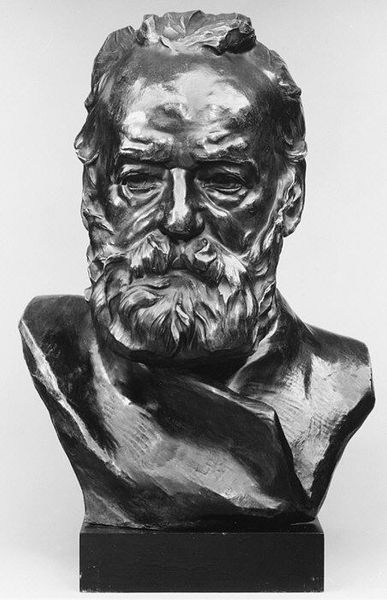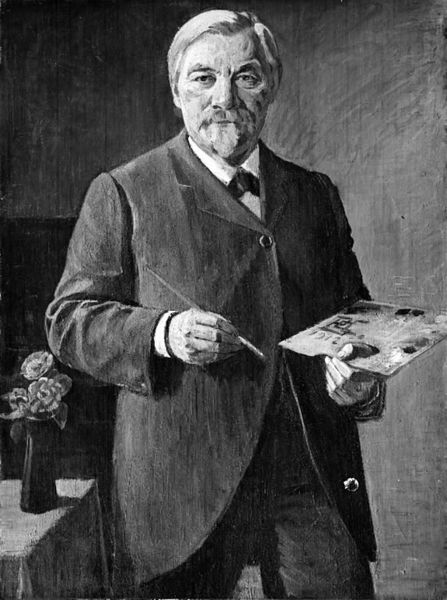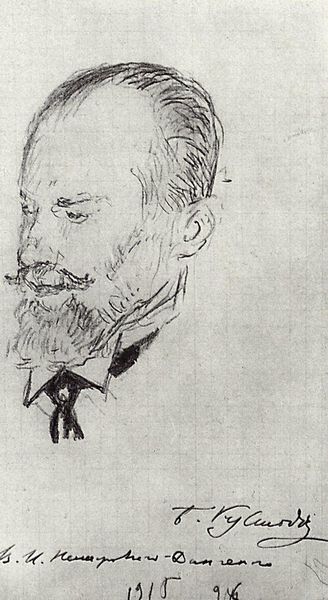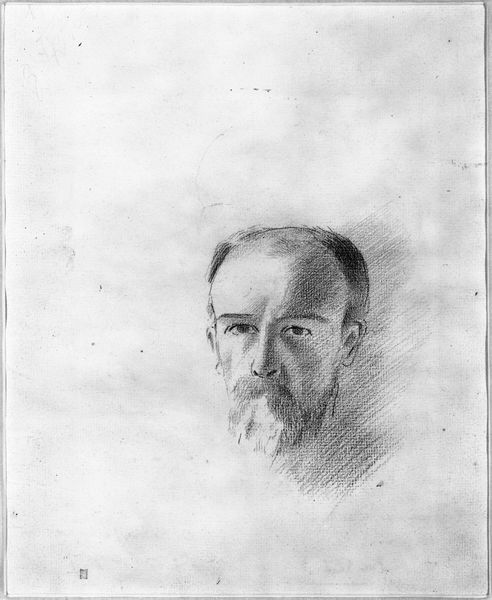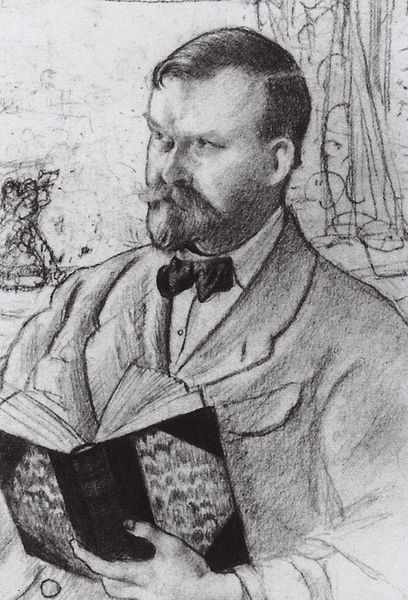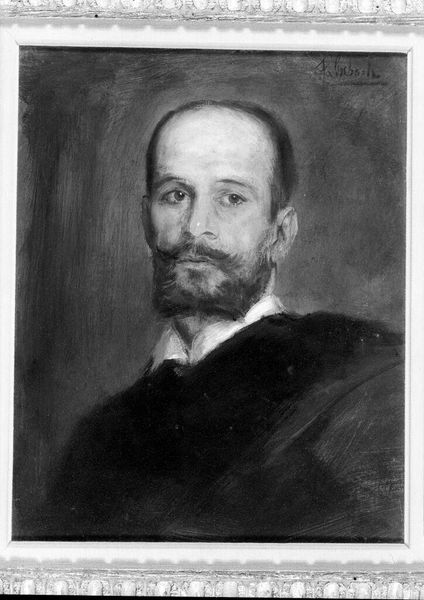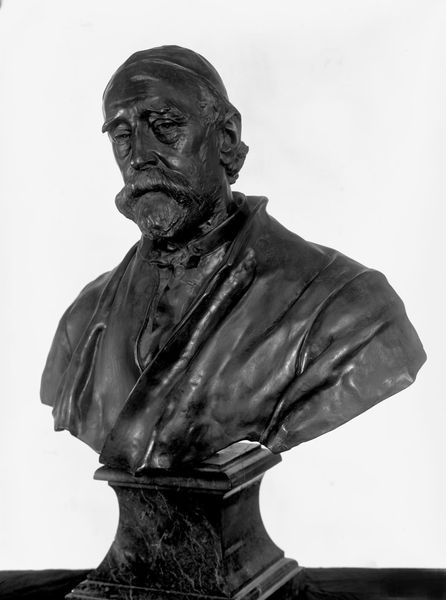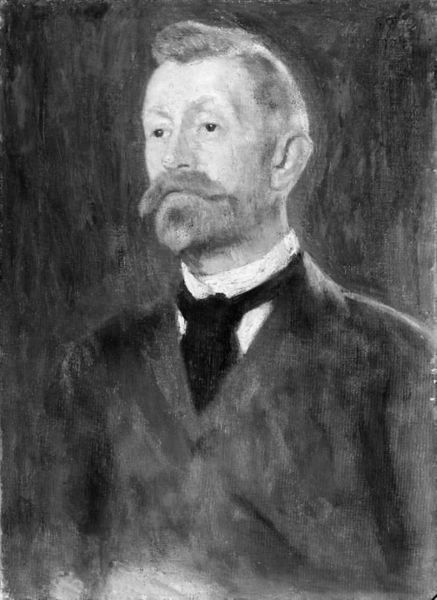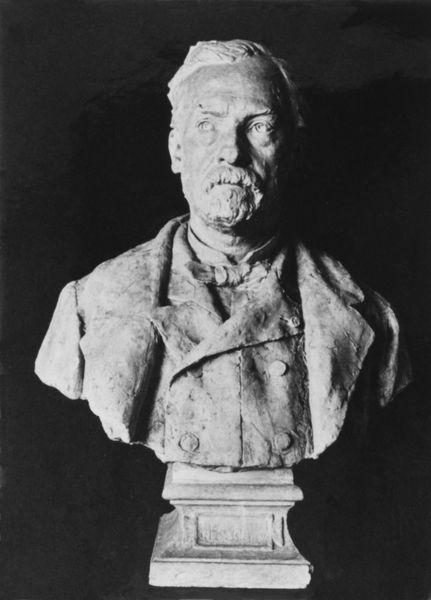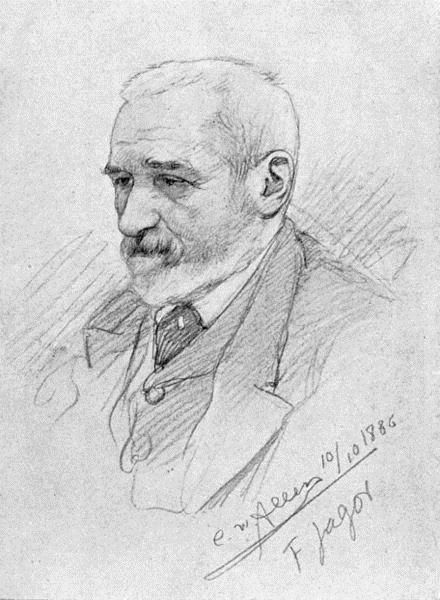
Copyright: Public domain
Editor: This portrait of "Prof. Dr. Carl Friedrich Meyer" was created by Ludwig Manzel around 1905. It appears to be a sculpture, and there is a striking, almost severe, realism to the subject. What do you see in this piece beyond the representational? Curator: For me, the compelling aspect lies in the materiality itself. Consider the process: a sculptor in 1905 meticulously shaping clay or plaster, a very manual labor to immortalize an academic. What does it tell us about the value placed on intellectual work at the time, that it was literally molded into something lasting and tangible? Editor: That's interesting, I hadn't thought about the labor aspect so directly. Curator: It goes further than just labour. Look at the choice of materials. Why bronze or plaster, materials that mimic classical sculpture? Is Manzel elevating Meyer to the status of a classical figure, connecting him to a lineage of respected thinkers? How does this contrast with, say, a quickly produced photograph, in terms of time investment and implied social standing? Editor: So you're saying the medium and the time invested are a statement in themselves about the subject's societal value? Curator: Precisely. Also, consider where this sculpture might have been displayed. Was it commissioned for a university building, a private collection, or intended for wider public consumption? That affects how we understand its purpose. Editor: This definitely shifts my perspective. I was focused on the portrait aspect itself, but thinking about the material implications and production adds a new layer of understanding. Thank you. Curator: Indeed. By analyzing the materiality and the labor involved, we unearth deeper meanings within this seemingly straightforward portrait.
Comments
No comments
Be the first to comment and join the conversation on the ultimate creative platform.

